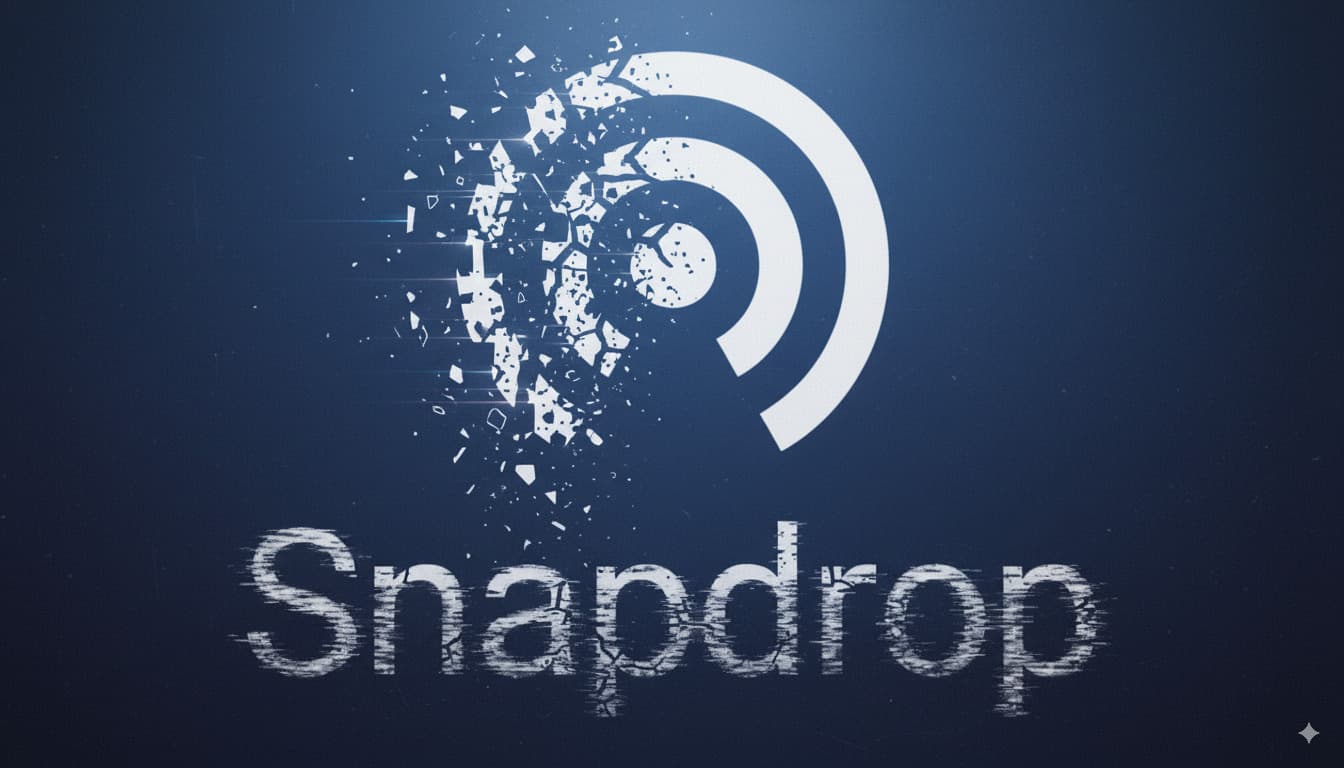Snapdrop Is Gone: What Happened and the Best Alternatives
Snapdrop has been acquired by LimeWire, changing its file-sharing method. Learn what happened and explore top alternatives like SparkShare, Pairdrop, and LocalSend.

I believe I have been using Snapdrop for years to transfer files easily from one device to another. I’m not the only one—according to SimilarWeb, 1.7 million users visit Snapdrop every month. However, when I tried to use it again in February this year, I was in for a surprise.
What Happened with Snapdrop
Since then, the Snapdrop logo has included the label “by LimeWire,” and a large button labeled “Upload Files” has appeared in the center of the page. I didn’t think much of it and, out of habit, uploaded my file. To my surprise, I was immediately redirected to limewire.com after uploading. My file was uploaded to LimeWire’s servers without my consent, and now I can share it via a custom link with other people or devices. Snapdrop’s official GitHub repository now also states that Snapdrop was acquired by LimeWire. The original purpose of Snapdrop is now history. Snapdrop was always about sending a file directly to another device on the same network that was currently on snapdrop.net. There are many services where you can upload a file and share it via link, but with all of them, you never know exactly whose hands your file might end up in.
What is LimeWire
LimeWire launched in 2022 as an NFT marketplace, allowing artists to sell music and entertainment content as digital collectibles directly to fans, which they could easily collect and trade (see press kit). Now, LimeWire has primarily developed into a file-sharing platform. Additionally, they launched Blocknode, a decentralized file storage network. Supporting all of this in 2025 is their own crypto coin, LMWR, whose existence is justified by various utilities. In my opinion, everything associated with LimeWire exists mainly to promote their own coin, which has no real use case.
Alternatives
Snapdrop, as we know and love it, is now a thing of the past, but there are other good services that can fill its shoes. Unfortunately, Sharedrop suffered the same fate as Snapdrop.
SparkShare
SparkShare follows the same approach of simple and direct file transfer within a local network but adds important features. In addition to being usable in a browser, SparkShare is also available as an app for Android and soon for iOS, making it compatible with almost all devices. Files of any size can be transferred without browser RAM limitations, progress is shown in real-time, and it’s even possible to send a file to multiple devices simultaneously. Like Snapdrop, files are encrypted and transferred directly from device to device via WebRTC, and the entire backend is open-source for transparency. For full disclosure, I want to mention that SparkShare is my own project.
Pairdrop
Pairdrop is probably the most widely used alternative. It is a fork of the original Snapdrop and adds some useful features. Users can create temporary public rooms via Room ID and also connect devices permanently. The associated Android app is available on the Play Store. Everything else is almost identical to Snapdrop, including the underlying WebRTC technology.
LocalSend
LocalSend primarily focuses on using native apps, which can be downloaded on PCs or smartphones. It allows secure, encrypted peer-to-peer file transfers over the local Wi-Fi, with devices automatically discovering each other via mDNS and exchanging data directly via HTTPS - no internet or cloud needed. Recently, LocalSend has also integrated Snapdrop functionality in a web version currently in beta.